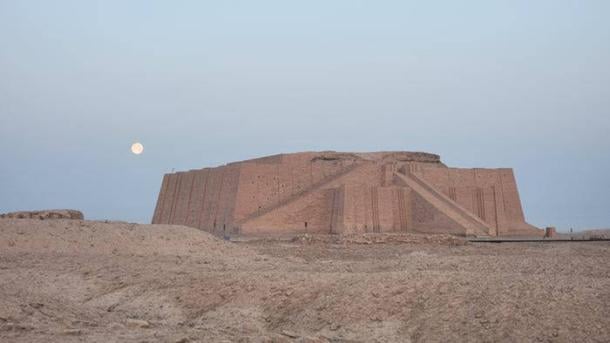🔴 Website 👉 https://u-s-news.com/
Telegram 👉 https://t.me/usnewscom_channel
Revolutionary new research challenges long-held assumptions about the origins of urban civilization in ancient Mesopotamia, revealing that tidal dynamics at the head of the Persian Gulf were instrumental in spurring the agricultural abundance and societal complexity that defined Sumer. The study, published in PLOS ONE, demonstrates how environmental forces rather than purely human innovation drove the emergence of humanity’s first cities and state institutions.
Led by Liviu Giosan from the Woods Hole Oceanographic Institution and Reed Goodman from Clemson University, the research introduces a novel paleoenvironmental model showing that from approximately 7,000 to 5,000 years ago, the Persian Gulf extended much further inland than today. Twice-daily tides pushed freshwater deep into the lower reaches of the Tigris and Euphrates rivers, creating ideal conditions for what researchers term “tidal irrigation” – a revolutionary agricultural system that required minimal human infrastructure yet delivered extraordinary yields.

